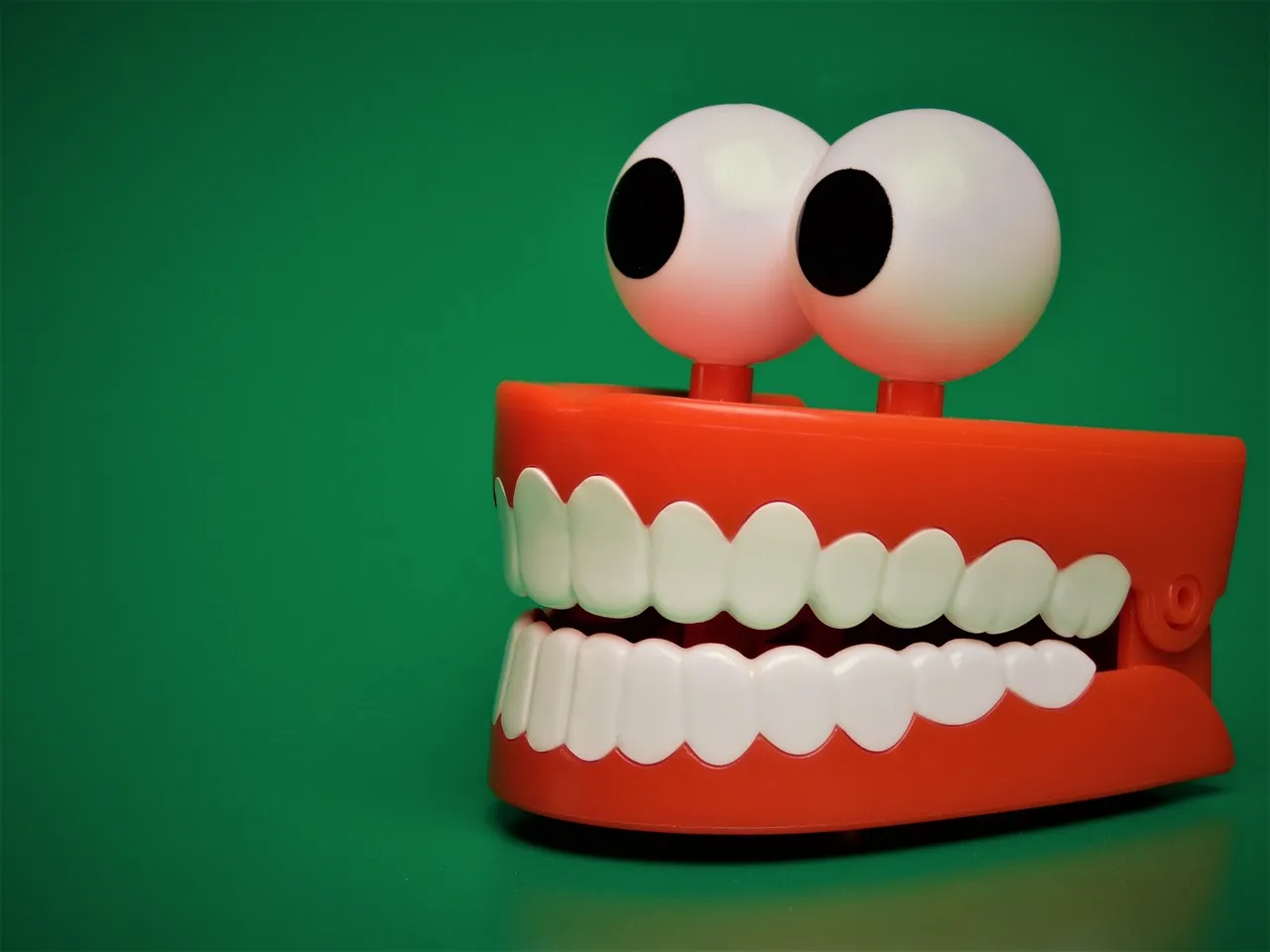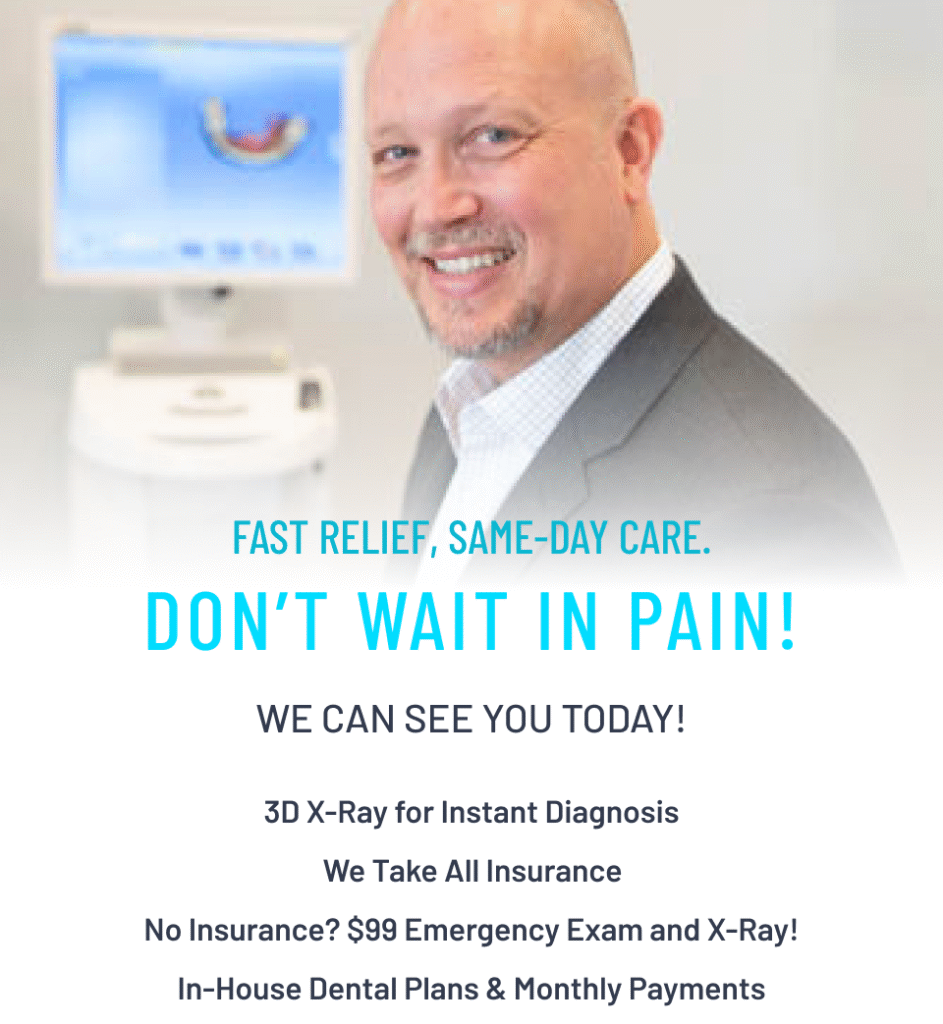How to Stop A Toothache Without Seeing A Dentist
Toothaches can be one of the worst pains a person can experience, depending on the severity. There are many different reasons that toothaches can happen, because unfortunately, your teeth only have one sensation – pain. Below are 3 different ways to help ease a toothache.
If you are having gum-related aches such as swollen and puffy gums or irritation, try rinsing with warm salt water. Rinsing with warm salt water two to three times a day helps to relieve a toothache because salt water works as an antiseptic and helps remove bacteria from the infected areas.
Check-ups make a difference
If you are experiencing tooth pain caused by cavities, try taking an anti-inflammatory pain reliever. You may want to consult your doctor or pharmacist and ask how best to take the medication for maximum pain management. They may recommend taking it every few hours, which will vary depending on how many milligrams you take.
If you are experiencing nerve pain, you may want to do the warm salt water rinses along with taking the pain relievers (as prescribed by your doctor or pharmacist) to maximize pain control. Nerve pain can be one of the worst kinds of toothaches because usually what’s happening is the cavity has gotten so big that it has reached deep down into the nerve of the tooth. You will need to consult with a dentist as soon as you can, as they will need to remove the abscess and infected nerve from the tooth.
Bright, white teeth are stronger teeth
It is worth noting that one of the best ways to prevent cavities and gum disease is using an electric toothbrush, such as a Sonicare or an Oral-B, in conjunction with flossing daily. Flossing helps to remove food and bacteria from in between teeth where your toothbrush cannot reach. Believe it or not, your teeth are meant to last a lifetime and can last a lifetime if you’re doing your part with at-home care.
You should also visit your dentist at least twice a year as a preventive measure. A cavity can be treated more easily and cost much less when caught in its early stages than when more than half the tooth has decayed and requires a root canal and crown. A $200 treatment can easily turn into $2000 or more if delayed.
If you are experiencing tooth pain, try these pain reliever methods to help manage discomfort until you are able to consult with your dentist.


